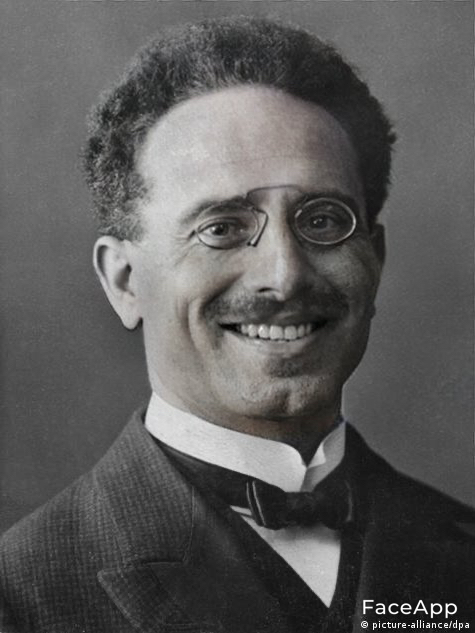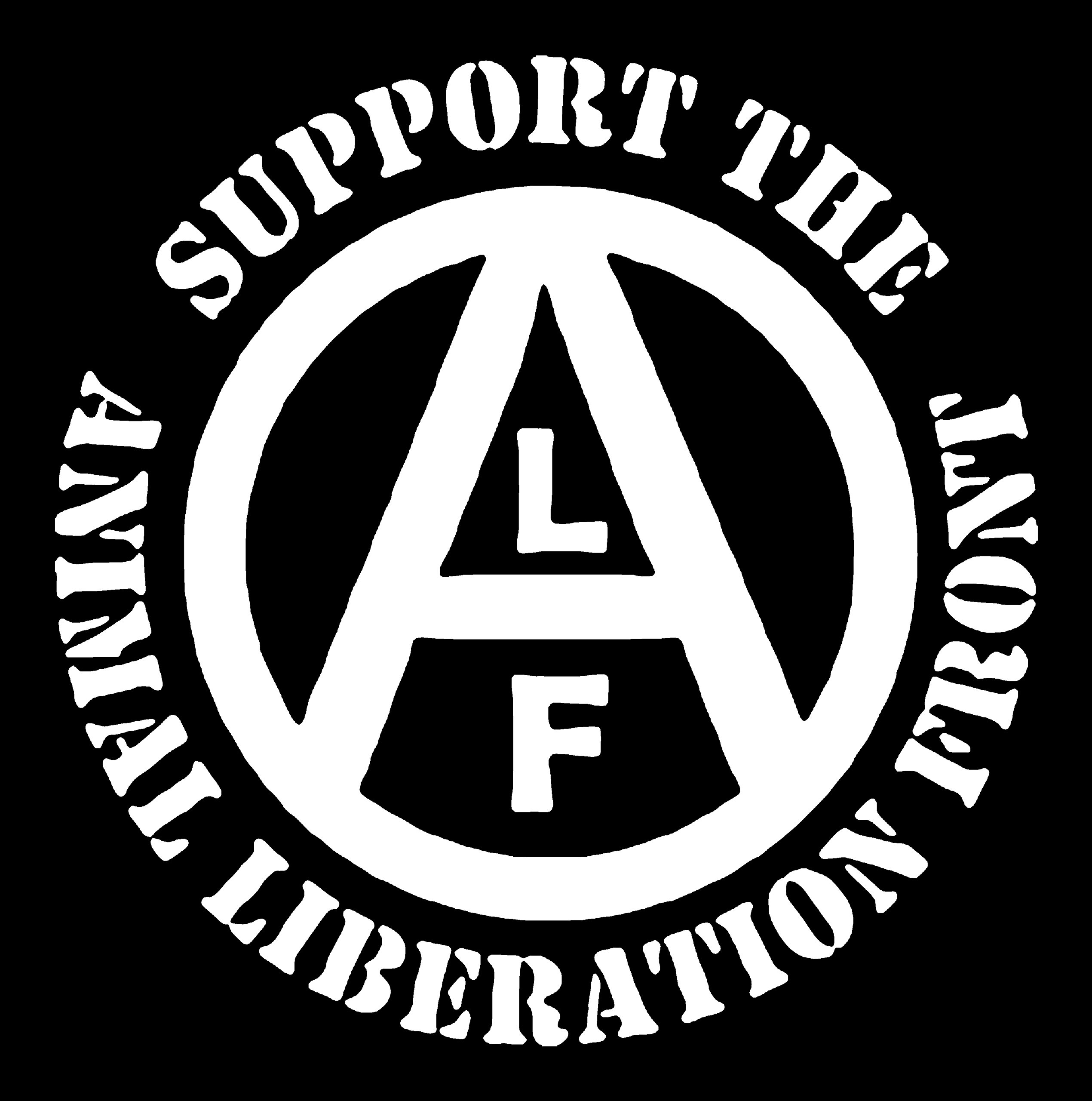

:trump-feed:
:trump-anguish:


:trump-feed:
:trump-anguish:


In high school around the turn of the millennium (:chomsky-yes-honey:) I lost marks on a paper where I stated that a need to move to IPv6 was due to address space exhaustion, and that in the future even toasters would have IP addresses. I was told I was wrong and toasters would never have IP addresses.
The future may be awful, but I can rest easy knowing that I was indeed right :gaddafi-happy:


So one thing I’m trying to understand with the base and the superstructure is with respect to tech startups and the approach to engineering that they take. Basically:
So given all that - where is the base and the superstructure? Is it all base, as it is a combination of means and relations of production? Is tech bro “fuck quality” culture the superstructure here?
Sorry if this makes no sense or is baby brained, I’ve been stewing on this idea of tech debt being a Ponzi scheme for a while and I want to be able to talk about it correctly from a materialist perspective. And I’m not the brightest at this stuff :comfy:


There is no real evidence that COVID will evolve to become less dangerous over time, but there is evidence to suggest it will become more dangerous especially given the amount of spread and ability to create new variants.
Libs love to say that “viruses get milder over time”, but still seem be touchy about catching HIV despite it being around for over 40 years :thinkin-lenin:


based on the company they kept
It’s wild (and paranoia inducing) to me that they’re the degree of separation between Alex Jones and TrueAnon


I’m British and I can make tofu taste good, what the fuck is wrong with her


She said with full confidence that chaff was used as a countermeasure to infrared guided missiles on a podcast once, that was the moment I realised she might not have the theoretical grounding to back up her convictions


Man United player when this happened, but nevertheless - good times.
“My best moment? I have a lot of good moments but the one I prefer is when I kicked the hooligan,” the Old Trafford icon once said.
I like Ferguson’s reaction to it:
“So, the gaffer comes in and Eric is already dressed and sat in the corner. We ended up drawing 1-1 in the end and the gaffer had a pop at a couple of the players, hammered a couple of the lads and the next minute he turned to Eric and we all thought, ‘this is it’.
“But then he just looked at him and said: ‘Eric, you can’t go around doing that, son’. That was the sum total of the hairdryer for Eric, which was kind of funny, really.


Classic. It’s an unwinnable position, it’s entrenched in their identity as victims. Believing differently would shatter their reality.
Tangentially related: I’ve never sat down to do the research, but I remember for at least a period Bernie was out-campaigning Hillary on her behalf. Specifically, I remember Hillary disappeared in August (aside from private events with wealthy donors), which is when the Parkinson’s rumours really took hold amongst chuds and Jimmy Dore. Of course, it was probably her lingering pneumonia that led to the beautiful moment of I FEEL GREAT on September the 11th.


:DaBiden: :top-cop:


I really fucking hope he starts posting on the Emergency Alert System out of desperation, I want an Amber Alert about Graydon Carter
Cant wait for my man to take his final form as a tribute act to the Bogdanoff twins and double down on it